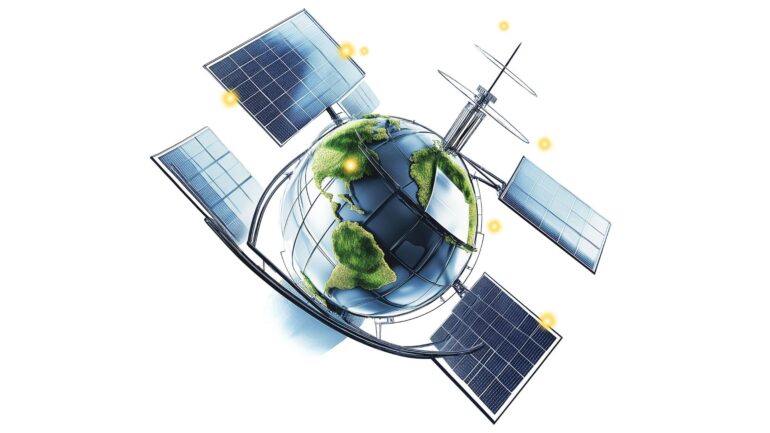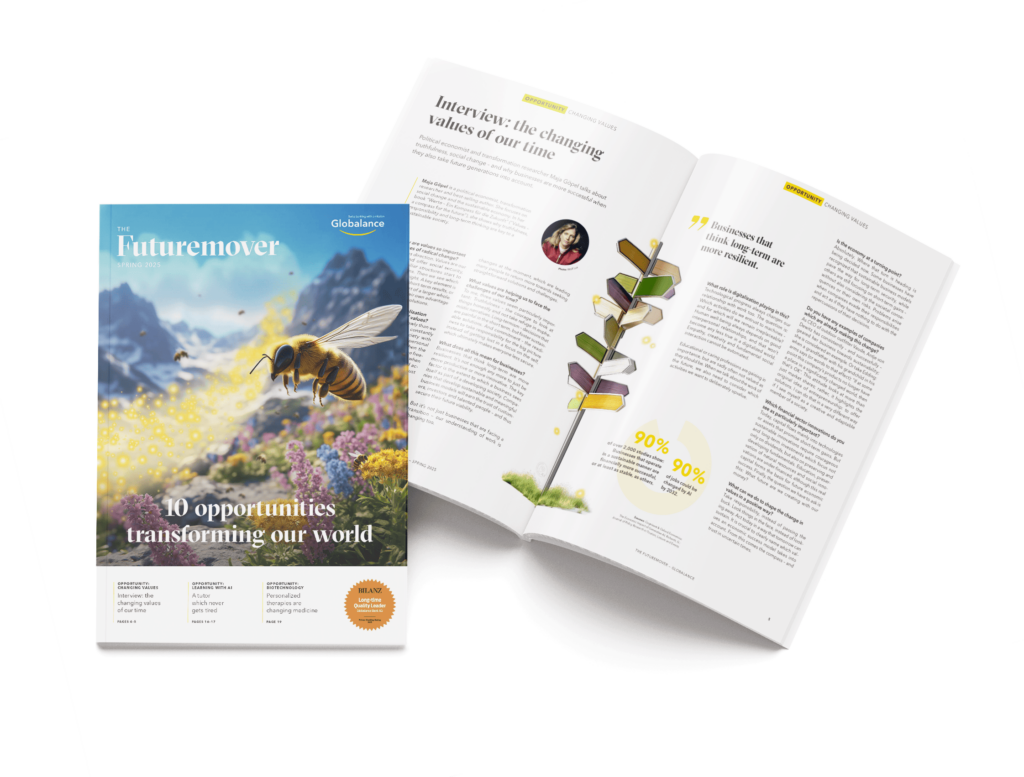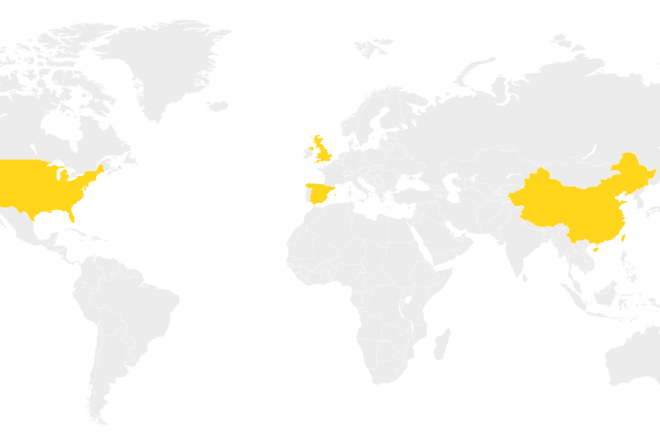News & Trends
Innovations from outer space

From satellite images to solar cells: innovations from (aero)space have been down on earth for some time now – and offer new perspectives for the climate, research and the economy.
Astronauts looking down at earth from space often feel awed by the blue planet, which – unlike the other planets in our solar system – provides the conditions required to support life. According to astronaut and ISS mission leader Alexander Gerst, it helps to take a look at the little “spaceship earth” from the outside: it makes you realize “how fragile its biosphere is and how limited its resources are”.
This change of perspective – also called the “overview effect” – leads to a change in mindset. Not only among space explorers from the state-owned aerospace companies, but also in many private tech companies. Because, for a long time now, space technology has been about more than just exploring space. New Space – the commercial exploitation of space – is booming. In the last few years, private firms such as SpaceX, Blue Origin or Virgin Galactic have been engaged in a veritable race for supremacy in space. Space travel, previously mainly reserved for the state-owned aerospace companies, is developing into a megatrend. Innovative companies are exploiting their opportunities – many of them with the vision of using data or resources from space to make life on earth more sustainable.
High-precision images and data
Today, technology from outer space is already connecting people across all borders and into the remotest parts of the world via internet. Satellite images are giving us a way to monitor the earth very closely, analyse the environment, and predict the weather or storm events more and more accurately. Because data collected via the – ever smaller and more affordable – satellites are also the main resource in space.
Today, 80 percent of climate data come from space. With earth observation satellites, we can measure the condition of the earth on a day-to-day basis and identify the drivers of climate change. Especially the data on greenhouse gas emissions should be globally available and transparent, urged the World Economic Forum’s Global Future Council on the Future of Space in 2023. The aim of this is for economic and political actors to use the data to achieve their net-zero targets.
Innovation against climate change
Many innovations originate from the aerospace field. Solar cells, for example, were originally invented to provide an energy supply in space. Thanks to zero gravity, space also offers ideal research conditions. Researchers on the ISS, for example, found out how cement hardens – and how, with a more climate-friendly process, the current enormously high emissions of the cement industry can be reduced.
Together with AI, the Internet of Things, 3D printing, robotics and miniaturization, technologies from space will change the way we live together. They will make autonomous and climate-friendly mobility viable and bring energy from the sun down to earth from space. And perhaps in future we will also mine minerals, metals, precious metals like gold, iron or nickel in space. Water, noble gases, rare earths, and other raw materials can also be found on meteorites, asteroids, or even the moon. Many start-ups are waiting in the wings. One thing is clear: space technologies are playing a key role in confronting the current climate crisis.
Massive investment potential
The growth potential of the New Space industry is tremendous. According to a study by McKinsey for the World Economic Forum New Space technologies have an enormous investment potential: by 2035, the global space market is predicted to grow to over 1.8 trillion US dollars – from 630 billion dollars in 2023. Alongside space manufacturing, space tourism and disposal of space waste, New Space innovations are opening up a variety of business opportunities to start-ups, investors, and suppliers.
New perspectives from space
Solar energy, better harvests and more efficient mobility – technologies from space are offering new opportunities.
Earth observation
Satellites that observe the climate
Earth observation satellites deliver pin sharp data from the whole of the earth’s surface. The analyses show – including with help from AI and deep learning – how and where the climate is changing. And, thanks to early warning systems, they help detect climate catastrophes such as forest fires, droughts, floods, or storms.
Agriculture
Efficient harvest
Images and data from space are enabling high-precision production processes and use of cultivated land. The result is better harvests, lower water consumption, increased biodiversity, and less food waste.
Energy
Solar energy from space
Space technologies are helping to further develop renewable energies such as solar or wind farms – or to use them more efficiently thanks to accurate data and weather forecasts. Research on in-space solar power plants is also being conducted, as solar energy is available in unlimited quantities in space – without weather- and daylight-related restrictions.
Other technologies
Organs from the printer
Space technologies are advancing innovations not only for the climate, but also in the fields of medicine, biotechnology, and agriculture. They also offer ideal conditions for scientific studies. For example, thanks to zero gravity, space is making it possible to develop 3D-printed organs.

Interview with Empa researcher Gerrit Kuhlmann
New satellites show where on Earth greenhouse gases are released into the atmosphere. An interview with Empa researcher Gerrit Kuhlmann about the new opportunities from space.

Discover the entire issue
Read more articles from our current issue: ‘10 opportunities
transforming our world’.
Be part of the solution and stay informed with the Futuremover.
Subscribe now and shape the future!
Magazin abonnieren EN
"*" indicates required fields









